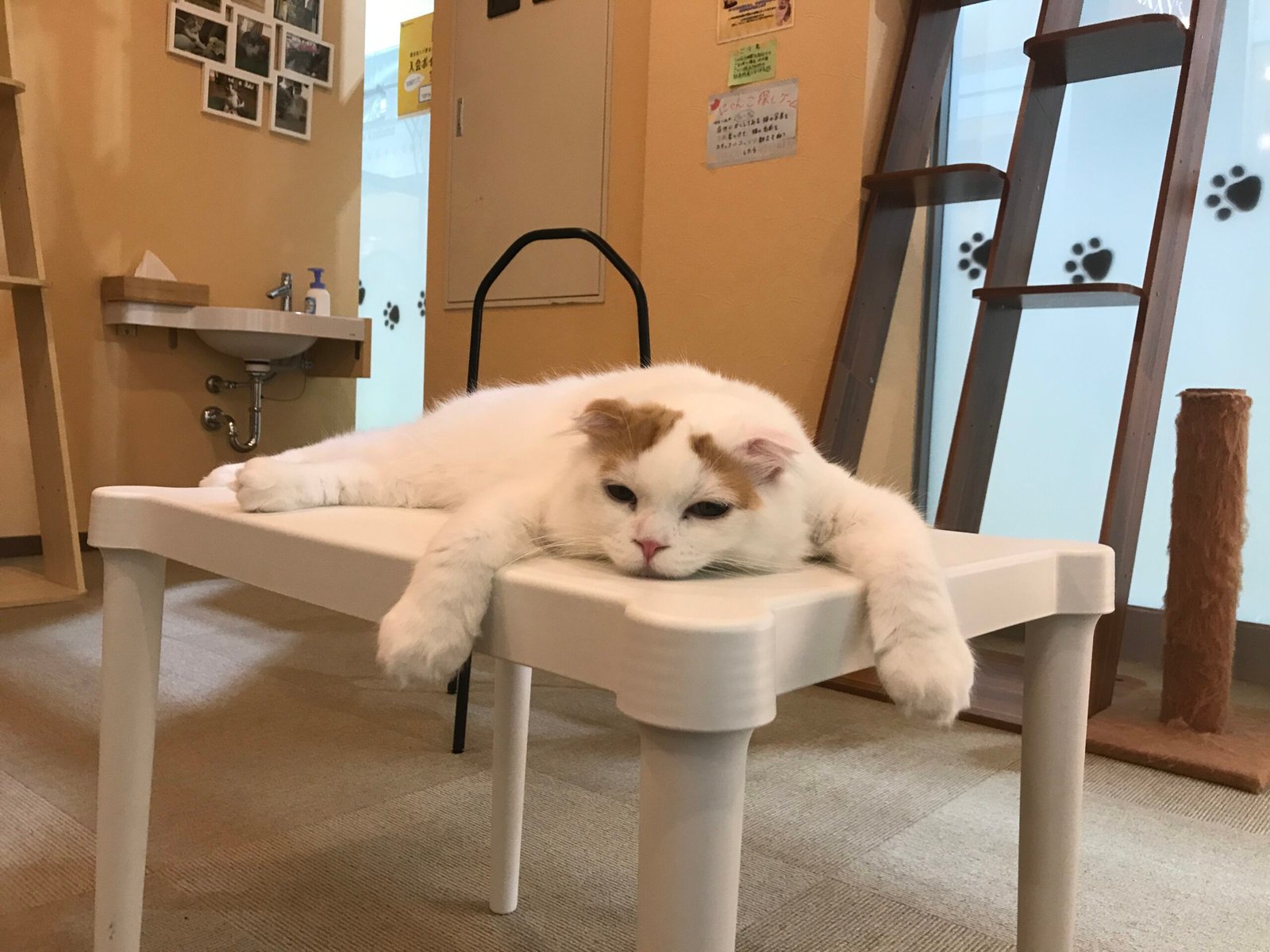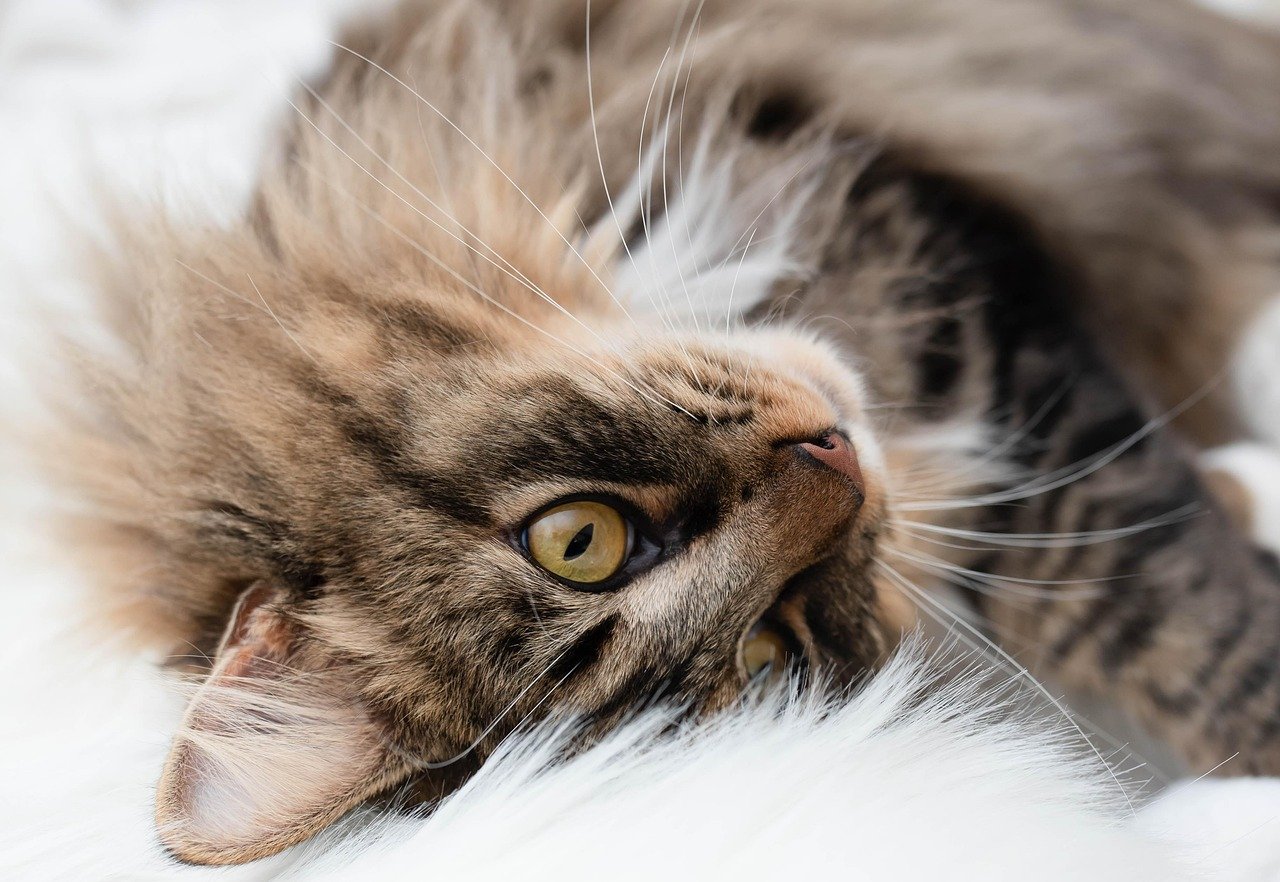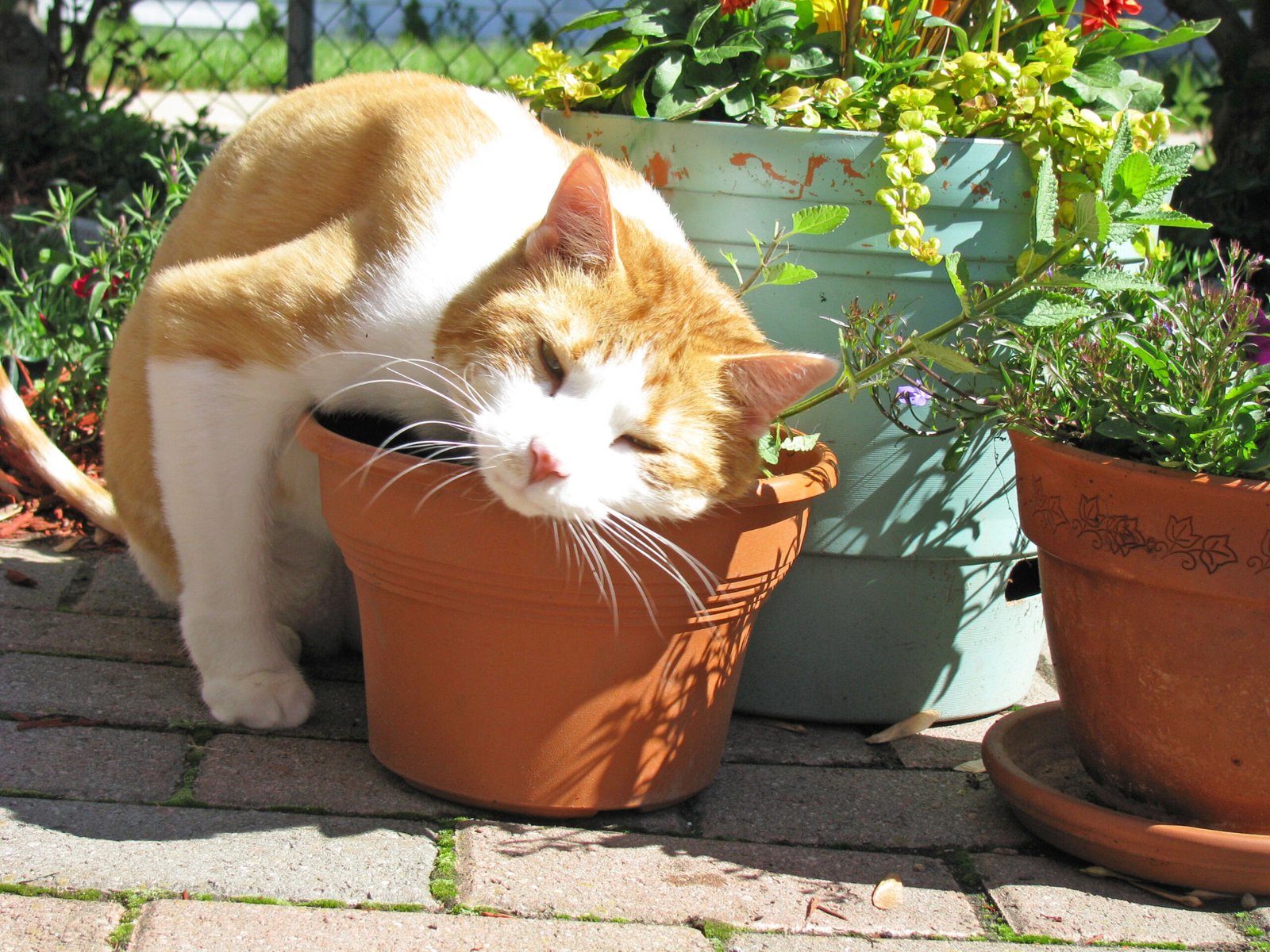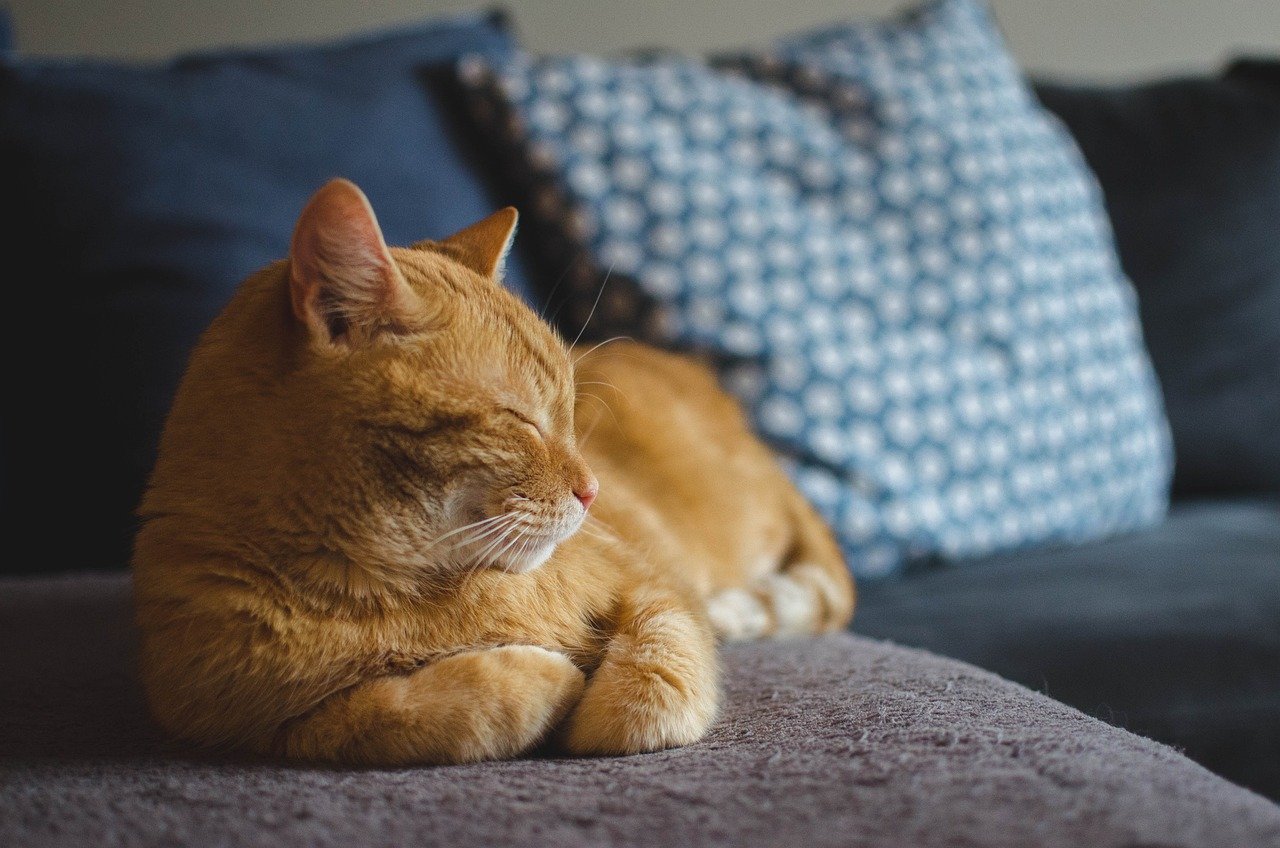Have you ever looked into a cat’s eyes and wondered what’s going on inside? While dogs wear their hearts on their sleeves, cats often seem like mysterious masters of emotional control. For centuries, these elusive felines have captivated us with their independence and poise. When life gets complicated or people aren’t around as much, cats seem to adapt with a calm that borders on magical. What’s their secret? Let’s dive deep into the fascinating world of feline resilience—discovering exactly how cats handle emotional distance in ways that dogs rarely can.
1. Independence Runs in Their Veins

Cats have been solitary hunters for thousands of years. Unlike dogs, whose wolf ancestors relied on pack life, cats evolved to thrive alone. This independence is built right into their DNA. When a cat finds itself spending time alone or feeling emotionally distanced from its human, it’s completely at ease. Cats can entertain themselves for hours and often find comfort in their own company. You’ll rarely see a cat sulking when left alone for a while. Their ability to self-soothe and keep busy is a remarkable trait, making emotional distance much less stressful for them than for most dogs.
2. Masters of Self-Soothing

If you’ve ever watched a cat knead a blanket or groom itself for ages, you’ve witnessed their self-soothing in action. Cats use these repetitive behaviors to calm themselves, especially when facing changes or moments of emotional isolation. Unlike dogs, who may bark, whine, or act out when feeling left out, cats quietly turn inward. Their comforting routines—like purring, stretching, or playing with a favorite toy—help them cope with stress. This natural toolkit means cats don’t depend as much on human reassurance when dealing with emotional distance.
3. Subtle Display of Emotions

Cats are experts at hiding their feelings. Instead of dramatic displays, they communicate with tiny gestures: a slow blink, a flick of the tail, or a soft head bump. This subtlety prevents them from appearing needy or desperate for attention. When faced with emotional distance, cats are less likely to panic or show anxiety. Instead, they adapt, maintaining a calm exterior and adjusting their behavior in small, almost invisible ways. Their understated approach helps them weather loneliness without drawing attention or feeling overwhelmed.
4. Flexible Attachment Styles

Unlike dogs, who often form intense, sometimes anxious bonds, cats tend to have more flexible attachment styles. They enjoy affection, but they’re not dependent on it for emotional survival. If a beloved human becomes less available, a cat simply shifts its focus—maybe spending more time napping, watching birds, or exploring new corners of the house. This adaptability helps them handle changes or distance with remarkable grace. While dogs might pine away or develop separation anxiety, cats simply move along, confident in their own company.
5. Natural Curiosity as a Coping Tool

Few creatures are as curious as cats. When bored, lonely, or emotionally distant from their favorite person, a cat’s natural instinct is to explore. That could mean investigating a new box, following a sunbeam across the room, or climbing to the highest shelf. This urge to discover keeps their minds engaged and distracts them from any feelings of isolation. Dogs, in contrast, often wait by the door or fixate on their absent human. Cats, however, let curiosity lead the way, turning emotional distance into an opportunity for adventure.
6. Strong Sense of Routine

Cats thrive on routine, and their daily rituals help them feel secure—even when their social environment changes. Whether it’s a regular feeding time, a favorite nap spot, or a morning window watch, these habits anchor a cat’s world. When faced with emotional distance, keeping up with their routines reassures them that everything is still okay. Dogs may become distressed when their routines are disrupted by a loved one’s absence. Cats, however, often double down on their rituals, using them as a comforting anchor in uncertain times.
7. Selective Social Bonds

Cats are choosy when it comes to relationships. Instead of spreading their affection thin, they form strong, selective bonds with certain people or even other pets. This means their emotional investments are carefully managed. If a favored companion is absent, they don’t become distraught—instead, they may simply seek solitude or, occasionally, turn to another trusted friend. This selective approach protects them from the emotional swings that dogs, with their open-hearted loyalty, often experience.
8. The Magic of “Alone Time”

For a cat, solitude isn’t just tolerated—it’s treasured. Many cats actively seek out moments alone, whether it’s perched atop a bookshelf or curled in a secret nook. This love for personal space means they rarely feel neglected when humans are busy or distant. Instead, they relish the chance to recharge. Dogs, on the other hand, often crave constant companionship and may become anxious or destructive when left alone. Cats see alone time as a gift, not a punishment.
9. Emotional Self-Regulation

Cats possess an incredible ability to manage their own emotions. Rather than acting out or seeking external comfort, they know how to calm themselves down. If something upsets them, they might retreat to a quiet spot, reset, and re-emerge only when they’re ready. This self-regulation is a powerful asset when dealing with emotional distance. Dogs frequently look to humans for help in managing their feelings, but cats handle it in-house, so to speak.
10. Minimalistic Approach to Affection

Cats express love in small, meaningful gestures. You may get a gentle head butt, a soft purr, or a slow blink—tiny signals that speak volumes. This minimalistic style of affection means cats don’t feel deprived if they don’t receive constant attention. They’re satisfied with quality over quantity. Dogs, in contrast, often crave overt displays of love and may feel lost without them. Cats’ restrained approach helps them stay balanced and content, even when affection is in short supply.
11. Instinctual Boundaries

Boundaries are second nature to cats. They know when to seek attention and when to retreat. If they sense emotional distance, they don’t chase after it—instead, they give space, respecting both their own needs and yours. Dogs sometimes struggle to understand personal boundaries and may respond to distance with clinginess or anxiety. Cats’ respect for boundaries makes emotional separation far less stressful for everyone involved.
12. Quick Adaptation to Change

Cats are champions of adaptation. Whether it’s a new home, a different schedule, or a change in family dynamics, they adjust quickly. While they might be cautious at first, they soon find their comfort zone. Dogs often rely on routine and familiar faces to feel secure, but cats tackle change with a quiet confidence. This adaptability helps them handle emotional distance without becoming unsettled or distressed.
13. Enjoyment of Simple Pleasures

A sunbeam, a cardboard box, a gentle breeze—cats find joy in the simplest of things. When faced with emotional distance, they don’t dwell on what’s missing. Instead, they immerse themselves in the world around them, discovering new delights daily. Dogs may fixate on absence, but cats turn their attention to life’s small wonders. This ability to find contentment in the present moment makes emotional distance much easier for them to bear.
14. Low Maintenance Communication

Cats don’t need to be constantly reassured or spoken to. Their communication style is understated and often nonverbal. A look, a tail twitch, or a soft trill can say it all. When emotional distance arises, cats simply communicate less, rather than demanding attention. Dogs, by contrast, are often more vocal and expressive, making their emotional needs known loudly and clearly. Cats’ low-maintenance style means they can thrive even when interactions are minimal.
15. Emotional Independence from a Young Age

From the moment kittens are weaned, they start learning to fend for themselves. This early self-reliance sets the stage for a lifetime of emotional independence. Even as adults, cats rarely become overly dependent on others for comfort. This early training pays off when they face emotional distance later in life. While dogs often look to their humans as their emotional anchor, cats are already equipped to manage on their own.
16. Play as a Stress Reliever

Cats instinctively use play to relieve stress and burn off excess energy. Whether it’s chasing a toy mouse or pouncing on a shadow, playtime is more than just fun—it’s therapy. When feeling emotionally distant, cats often ramp up their play, using it as a way to reset and recharge. Dogs also play, but often need a playmate to fully enjoy themselves. Cats, however, are perfectly happy entertaining themselves, turning play into a powerful antidote for loneliness.
17. Ability to “Hibernate” During Stress

When faced with stress or emotional distance, cats may simply disappear for a while. They retreat to a cozy spot and “hibernate,” sleeping away the hours until things feel right again. This natural coping mechanism allows them to avoid anxiety and recharge fully. Dogs, on the other hand, may become restless or destructive without their humans. Cats’ willingness to take a break from the world helps them handle emotional distance with remarkable ease.
18. Selective Re-engagement

After a period of emotional distance, cats don’t rush back instantly. They take their time, assessing the situation before re-engaging. This cautious approach protects them from disappointment and gives them control over their interactions. Dogs tend to greet their humans with exuberance, regardless of how they feel. Cats’ selective re-engagement is a sign of their emotional intelligence, allowing them to maintain balance and avoid drama.
19. Scent as a Comfort Mechanism

Cats rely heavily on scent for comfort. They mark their territory and favorite people with gentle rubs, leaving their scent behind. When feeling emotionally distant, cats often revisit these familiar scent markers, finding solace in the smells they recognize. Dogs use scent too, but cats’ connection to familiar smells is deeply soothing, helping them feel anchored even when their favorite people are away.
20. Zen-Like Acceptance of the Present

Perhaps the most remarkable trait of all is the cat’s zen-like acceptance of whatever comes their way. They don’t dwell on the past or worry about the future. Whether their human is near or far, cats simply accept it and make the best of their situation. This calm acceptance allows them to handle emotional distance with a composure that’s both inspiring and mysterious.
In the end, cats prove again and again that they are true masters of emotional balance. Isn’t it astonishing how much we can learn from their quiet strength?
Hi, I’m Bola, a passionate writer and creative strategist with a knack for crafting compelling content that educates, inspires, and connects. Over the years, I’ve honed my skills across various writing fields, including content creation, copywriting, online course development, and video scriptwriting.
When I’m not at my desk, you’ll find me exploring new ideas, reading books, or brainstorming creative ways to solve challenges. I believe that words have the power to transform, and I’m here to help you leverage that power for success.
Thanks for stopping by, Keep coming to this website to checkout new articles form me. You’d always love it!






